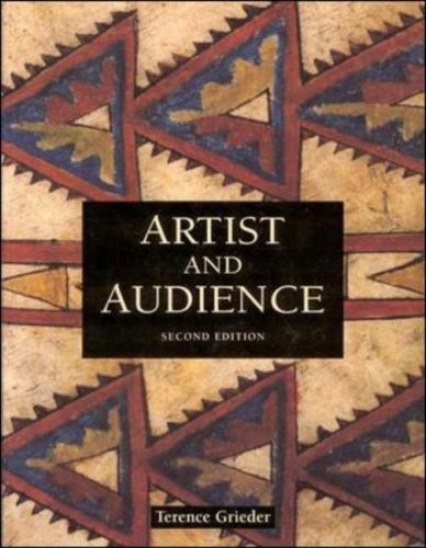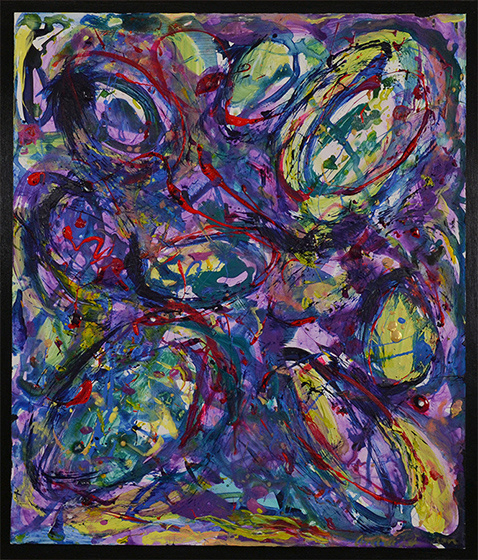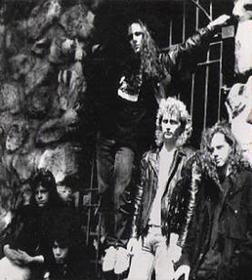

These portions of the brain are usually involved with interpreting the inflections of sounds (such as sad or angry sounds). This is because auditory imaging requires the usage of the frontal and superior temporal right lobe as well as a lot of the right auditory association cortices.

It has been established that auditory imagery makes use of the right lobe since people with right lobe lesions tend to have difficulty generating auditory images. Physiology Auditory Imagery Ĭognitive scientists are very interested in finding out what brain structures are involved with mental imaging in order to provide consistent, localized, and more tangible evidence. For instance, practicing a speech or getting ready to sing a part in a song. Auditory verbal imagery is considered useful for practicing and organizing things people would like to say in person. This generally refers to imagining speech which can occur when trying to remember what someone said or the sound of their voice which can be elicited voluntarily or involuntarily. When people image their voice or the voices of others it is considered inner speech but some researchers argue that it is a lack of self-monitoring of speech. The auditory imagery developed from lyrics or words generally is also considered a part of inner speech. Other scientists such as Intons-Petersons believe that there is encoding for loudness in our auditory images that if so it most likely occurs in a person’s motor cortex. According to Pitt and Crowder, the encoding of loudness into our auditory imagery was shown to have little correlation with any physiological neural factors. This is evident when people attempt to image a song and there is little noticeable volume dynamics in the auditory image. Of the many aspects of sound, loudness is a characteristic of auditory imagery that is usually lost or impaired. Auditory image pitch detection studies have shown that response time increases when judging two high pitches as opposed to judging two low pitches. People are able to improve their discrimination of pitch however they cannot improve their detection. The development of cultivating an auditory image with absolute pitch, which is being able to determine a note upon hearing a sound, however is dependent on childhood musical training and genetic factors. Humans retain a relatively strong auditory image for details in pitch, which can be improved with musicial training. However, if someone had musical training then the person has more flexibility in his or her auditory imagery tempo representations. Therefore the tempo structure of the melody is preserved in the auditory image. Experiments like this have shown it takes longer to compare the pitches of two words if the space between the two words is larger. For instance, people can sing through “ Jingle Bells” in their head and determine if there is a difference in pitch between the word ‘Snow’ and ‘Sleigh’. This was shown by having subjects compare the pitch of two words in a song. When surveying subject’s auditory imagery that their sense of tempo usually stays within 8% of the original tempo heard in a song that the subject heard at some point in the past. The accuracy of tempo within an auditory image usually suffers when recalled however the consistency of a person’s perception of tempo is preserved. These studies have been able to recently gain confirmation and recognition due to the arrival of Positron emission tomography and fMRI scans that can confirm a physiological and psychological correlation. Through all of the research developed to understand auditory imagery behavioral neuroscientist have found that the auditory images developed in subject’s minds are generated in real time and consist of fairly precise information about quantifiable auditory properties as well as melodic and harmonic relationships.

The vividness and detail of auditory imagery can vary from person-to-person depending on their background and condition of their brain. This modality of mental imagery differs from other sensory images such as motor imagery or visual imagery. This form of imagery is broken up into a couple of auditory modalities such as verbal imagery or musical imagery. Auditory imagery is a form of mental imagery that is used to organize and analyze sounds when there is no external auditory stimulus present.


 0 kommentar(er)
0 kommentar(er)
